Green Architect, Photographer, and Rock & Roll Sound Engineer Tapani Talo Stands Tall
When Tapani Talo, AIA, of Talo Architect was growing up in Finland, he loved rock & roll music, but coming from a family burned out by the war and abandoned by their father, concert tickets were unaffordable luxuries. Working since he was 11 years old, the resourceful lad became a freelance photographer, and by 1970, he was photographing the likes of Eric Clapton and Led Zeppelin in concert. With Led Zep front man Robert Plant, he even discussed (in between songs, no less), how their first album was recorded, as well as a mutual admiration of the band’s female fans. At that point Talo decided, “I’m moving to London.”
And that he did…following a stint in the army.


Talo reached out to a contact he had met while doing an album cover for British blues rock legend John Mayall and was then off to Abbey Road studio which didn’t pan out, but did result with Talo going to famed Beatles producer George Martin’s Associated Independent Recording studios where he was trained on the board for “six or eight weeks”. At this point, Tapani was running out of money, but quickly rebounded by recording Black Sabbath with the Rolling Stones’ mobile studio when Sabbath’s sound engineer failed to show. The band liked him, and after the session, he earned George Martin’s recommendation as well. A full-time gig working for the Rolling Stones mobile studio followed (two years full-time and three years while studying architecture) and managed to pay for his education. In that period, in addition to the Stones, he recorded The Who, Led Zeppelin, Traffic, Deep Purple, Bad Company, and Rainbow. “It was a fairy tale,” Talo admits.
For most BOXX customer profiles (and a rock & roll fanatic like me), that would typically be plenty of gold to mine, but with Tapani Talo, an insightful man with a quick wit and a ready laugh, we’re just getting started. That’s because, in addition to being a talented photographer and sound engineer, he’s also an incredibly successful and gifted architect.
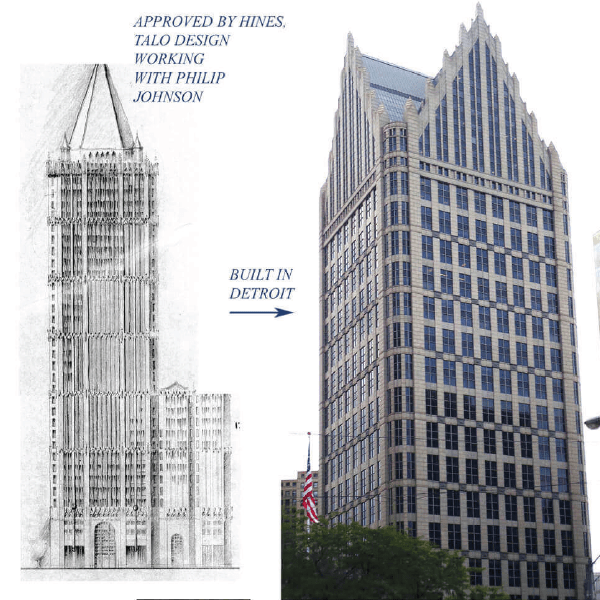
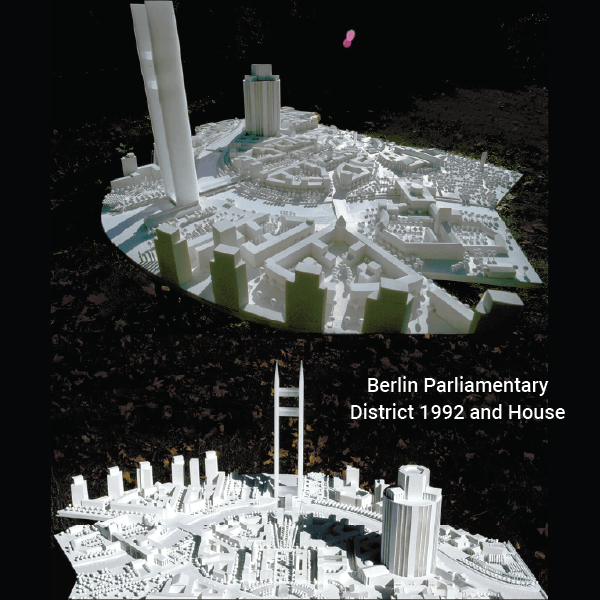
Talo designed his first house at 14, but in Finland, architecture is among the most difficult university majors to gain admittance, so he ended up in photography and music. However, his architectural gifts and desire never subsided. After arriving in London, he started with an architect and found himself among the first class taught green passive design. However, when he arrived in the United States in 1979 and went to work for Edward Larrabee Barnes Associates, he forgot all about it. According to Talo, Barnes taught “practically.” He wanted those in his employ to fully understand what design actually was and that they were all well-versed in design and construction. While there, Talo designed a swimming stadium, office buildings, and worked on IBM’s Manhattan headquarters. “Looking back,” Talo recalls, “it was really everything that set my entire life course in terms of quality and approach.”
Talo founded his own firm in 1985 only to realize that “you don't do that in United States unless you’re independently wealthy,” and then went to work as principal designer for famed modern architect Philip Johnson. Over six years, Talo designed the Times Square Towers (five times over) did a massive project next to London Bridge (canceled by Prince Philip), and a 10 million square foot complex in Washington DC that went bankrupt—as well as a project in Singapore (the only one actually built over the course of his six-year stint. The modernist and post modernist Johnson preferred avant garde design and on one of the last projects, a high profile client was dissatisfied. Talo, however, saved the day—and the job. “The client said, ‘You have one hour to generate a sketch or I'm going to walk to somebody else,” Talo recalls. “So Johnson turns around to me and says, ‘You have one hour to do a design. So I did it and it was built.”
After Philip Johnson lost eight high rise projects in one week and his firm became separate from John Burgee Architects (Burgee endured bankruptcy) Johnson had to slowly fund his own restart and Talo moved on. Speaking of that era he laments, “The developers just couldn't believe the recession would last that long.”
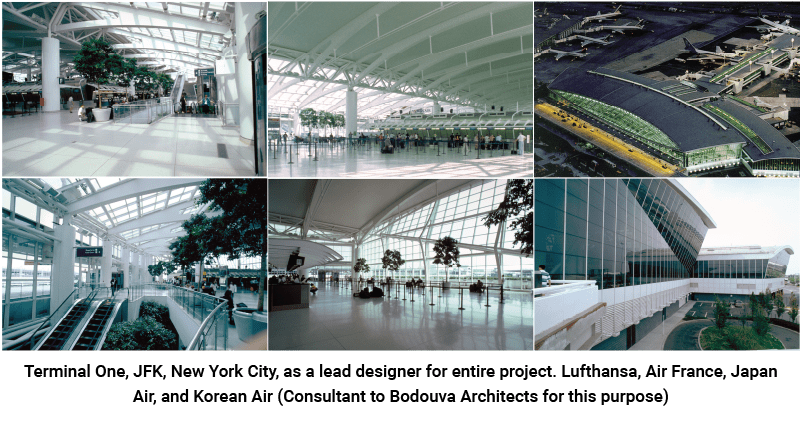
From there, Talo worked with Steven Holl Architects putting together Holl’s winning scheme Kiasma in Finland, and at the same time, teaching his staff to detail and work with CAD in a proper way. Talo also miraculously designed two air terminals in under a year—one in only eight weeks! However, he eventually stuck with residential architecture (once again incorporating green passive design) in order to better tend to his ailing wife and look after his family. In residential design, Talo’s principle is for a house of up to 8000 sf to be comfortably heated with ONE fireplace (in case of a catastrophic event). He is currently finishing one such 8000 sf home in Greenwich, CT where the clients will be able to open windows and enjoy fresh air…even in winter.
Sometime after his wife’s passing, Talo was approached to design a “world’s tallest building” at the World Trade Center (WTC) site number two. It got me back into the big, big leagues,” he says. Unfortunately, when the site was later purchased, Talo and his client were out of the project. But in hindsight, it was just as well because Talo believed that the new owners didn’t care enough about the safety surrounding the size of the lot which is only 200’ x 200’. “When you go up to 3000 feet, the core gets really constrained,” Talo warns, “including stairs, elevators, and more. I told them it was really unsafe.”

Six months later, using the Leslie Robertson (lead structural engineer on the original World Trade Center) engineer's structural solution provided to him for the original tower, Talo determined that there was a way to do it, so he did a first pass at a design. Then Talo called Robertson with the idea, but the engineer who was nearly driven over the edge regarding efficiency on the original WTC, straightened him out. “He gave me a little glimpse into that thinking,” Talo admits. “He was pretty brutal. So when I did my upgrade on it this summer, it was based on his criticism. I can now go anywhere, with any client, on this one. I can do it in very short periods of time. I can go up to 4,000 feet. I haven't gone to one mile because it gets crazy enough at 4,000 feet. When you start hitting those upper limits, you get all kinds of constraints that you never knew existed.”
At that height, “crazy” effects the building core. “Take the elevators,” Talo says. “You want the latest technology and even that is not enough. So you're balancing that. Then you have water pressure issues where the pipes get very thick because the water pressure has to be increased to pump the water all the way to that height. It can actually burst the pipes.”
Even more astounding, at that height, you’re fighting the elements like rain that moves upward instead of falling as it does along the lower levels. And don’t even get started on the logistical tasks like window washing. Talo actually designed a whole new approach to that after learning of an instance where window washers on the WTC were once stranded for hours when their lift cables failed and they there were no operable windows amongst the towers’ thick glass. “It’s a safety issue that also becomes a maintenance benefit,” says Talo, “as well as being a huge expense. Also, I do it very green, so my curtain wall is triple the efficiency of anything out there.”
When discussing costs, Talo believes his world’s tallest tower will only work in a country like China where it would cost less to construct. With the price of labor and materials, he’s convinced it could never happen in NYC. Despite it all, he’s hopeful that it will happen somewhere.
“I’m loading my whole life experience on this one, hoping it will help the next generation,” he says. “We don’t have codes for super tall buildings and people do stupid things. Just like the World Trade Center. A friend of mine was a survivor who later became a client. 85% of his body was burned and he walked all of the way down—80 floors. He passed out in a coma and woke up six months later. For me, designing this tower was also based on his experience. The stairways were too narrow. People flattened against the wall when they saw him and allowed him to pass, but those stairwells were code minimum. You can’t have people jumping out of windows.”
As we continue to discuss Talo’s world’s tallest design, he mentions that it’s foolish to “throw away” a building after 50 years or less. He insists that it must be upgradable with a solid base structure. After six years of work, his project has been submitted to the Progressive Architecture (P/A) Awards. “Let's see if I get any response,” Talo shrugs. “If I do, it's a life changing event, because I laid out all of those issues I felt were wrong with high rise construction.”
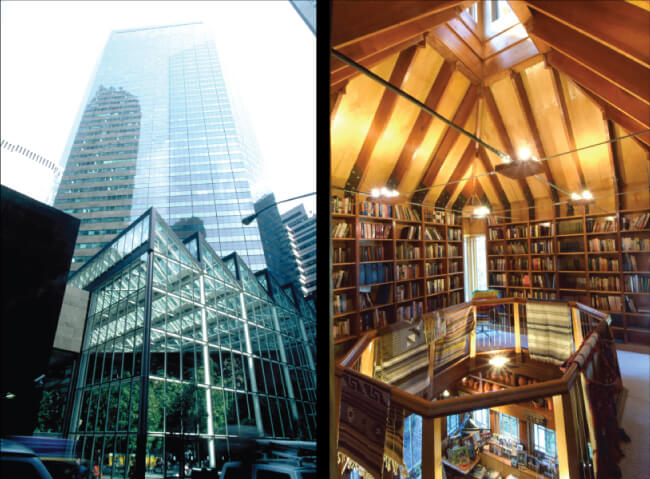
Although Talo began his architecture career before the advent of PCs and CAD software, he has relied on Bentley since 1990, preferring its 3D capabilities and ability to handle massive file sizes. In addition, Talo appreciates the fact that Bentley enables him to do virtually any height with generative components in very short periods of time.
He also extols the importance of working in 3D to best eliminate problems before the first concrete footing is ever poured. “With most projects these days, we’re hitting the boundaries all the time,” he says. “God forbid you go over a foot or even six inches in New York City,” he laughs. “It’ll get you killed. It has to be correct— in addition to looking right and feeling right.”
Extremely client-oriented, Talo listens intently to his clients as he wants them to feel like the end project is indeed theirs. He applies his own experience and talents of course, but the immeasurable feel-good factor he delivers for clients keeps him in demand. Talo refers to it as a kind of “comfortable clothing.”
When I inquire as to Talo’s biggest workflow challenges, he quickly responds with a PG-13 version of an R-rated curse word. “The (bleeping) complexity of the new software,” he laughs, “and the continuous learning curve involved in the intricacies of annual upgrades. It's frightening sometimes, but you have to stay on top of it.”
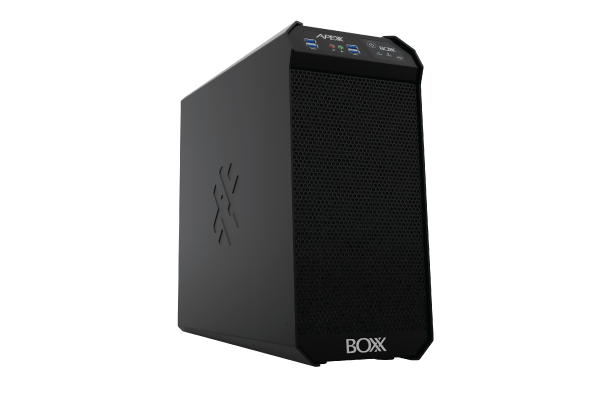
Processor | Intel i7-9700K Eight Core Enhanced Performance Processor (5.1 GHz)
Memory | 64GB DDR4-2666 (4 - 16GB DIMMS)
M2 Storage 1 | 512GB SSD M.2 PCIe Drive
Hard drives | 2x 4.0TB 7,200rpm SATA 6Gb/s
GPU | NVIDIA GeForce RTX 2080TI 11GB
Operating system | Microsoft Windows 10 Professional Edition 64-Bit
Storage RAID | RAID 1 Configuration Storage
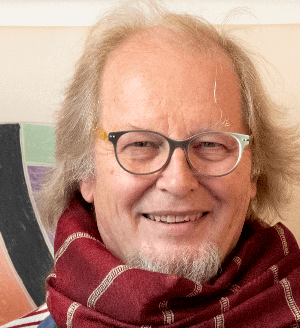
Talo used to rely on HP systems until he felt their products were no longer up to his standards. To make matters worse, custom configuration was non-existent. “I couldn't order what I wanted to order,” he says, “so that's how I found BOXX. I'm really linked into the New York City CAD world, so I called one of my friends and they just told me to call BOXX.”
Every few years, Talo upgrades to a new workstation, so he constantly has a new one in service and a backup at the ready. His workflow requires a workstation purpose-built for Bentley, so it’s those new hardware upgrades that separate BOXX from the competition. “I call (BOXX performance specialist) Mike Walls and say, ‘I want this, this, this, and this, and I get it,” he says. “I don't have to worry about it. I love working with Mike. He’ll say, ‘Well, this is what we have now and you’ll want this and this too, and boom—it’s done.”
Still a working photographer, Talo was once told by an IT person that he had too many programs on his computer. The architect replied that due to his diverse talents and disciplines, he needed them all. At any given moment, Talo will have Adobe, (especially Photoshop), video, 3D CAD, and all sorts of other things running in the background. Fortunately, it was Mike Walls who insisted that Talo make the jump from 32GB to 64GB of RAM. Next time around though, Talo says he’s bumping it up to 128GB—just to be sure.
When I hear that lofty number of gigs, I whistle and ask Talo what he has planned for the future. He replies laughing, “Well, if my world's tallest tower gets any traction, then I’ll be sitting in the bigger chair in the bigger office…and I’ll have three new BOXX systems around my desk.”
I’m laughing now too, but the truth is, with Tapani Talo, I don’t doubt it.
Learn more about Talo Architect at taloarchitect.com